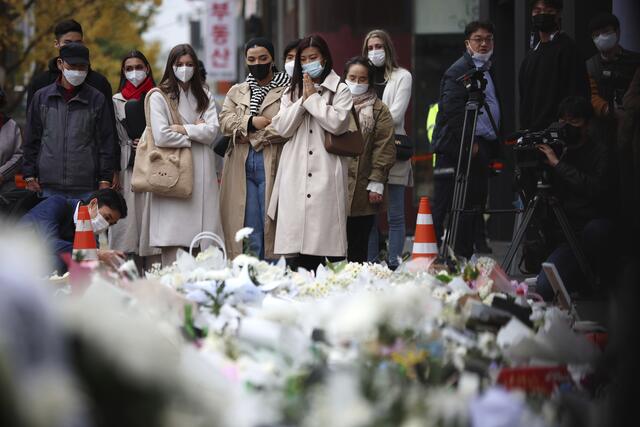
Introduction: The Heart of South Korea
Seoul, the capital city of South Korea, is a bustling metropolis that perfectly combines rich history with rapid modernization. As one of the largest cities in the world with a population exceeding 10 million, Seoul is not only the political and economic center of South Korea but also a cultural hub that attracts millions of tourists annually. Understanding Seoul’s significance provides insights into how it has evolved into a global city and a major player on the world stage.
A Historical Overview
Seoul’s history dates back over 2,000 years, originally founded as the city of Wiryeseong by the Baekje Kingdom. The city has served as the capital during multiple dynasties, including the Joseon Dynasty, which established Seoul as the nation’s heart during the late 14th century. Key historical sites, such as Gyeongbokgung Palace and Bukchon Hanok Village, offer a glimpse into South Korea’s storied past. These landmarks draw visitors and locals alike, preserving the traditional architecture and cultural heritage amidst the urban landscape.
Modern Developments and Infrastructure
In contrast to its historical sites, Seoul is renowned for its cutting-edge technology and infrastructure. The city boasts one of the most advanced metro systems globally, facilitating efficient transportation across its sprawling districts. Areas such as Gangnam and Dongdaemun are emblematic of Seoul’s modernity, showcasing futuristic skyscrapers and bustling shopping districts. The ongoing development of smart city initiatives aims to enhance urban living with sustainable practices and technological integration.
Cultural Richness and Global Influence
Seoul is a melting pot of culture, drawing from its past while looking towards the future. The Korean Wave (Hallyu) has catapulted Korean music, film, and fashion onto the global stage, attracting fans from all over the world. Festivals such as the Seoul Lantern Festival and the Seoul Kimchi Making & Sharing Festival celebrate the city’s vibrant culture and traditions. The emergence of trendy neighborhoods like Hongdae and Itaewon reflects the youthful spirit and diverse demographic of the city, blending international influences with local customs.
Conclusion: The Future of Seoul
As Seoul continues to evolve, it faces various challenges and opportunities. The balance between preserving history and embracing change will shape its character for generations to come. With its rich culture, rapid advancements, and global connections, Seoul remains an essential city to watch in determining trends and developments in urban living. Understanding its dynamics provides valuable insights for those interested in global urbanization, technology, and cultural diversity.



